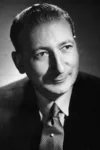Biography
(No Information)
Filmography
all 15
Movies 15
self 15
Self (archive footage)

Letters from Karelia (2004)
Movie
Self (archive footage)

Isänmaan vangit (1996)
Movie
Information
Known ForActing
GenderMale
Birthday1867-06-16 (157 years old)
Birth PlaceLouhisaari Manor, Finland
ReligionEvangelical Lutheran Church of Finland
RelationshipsAnastasia Mannerheim (1892 - 1919)
ChildrenSophie Mannerheim, Anastasie Mannerheim
FatherCarl Robert Mannerheim
MotherHelene Mannerheim
SiblingsCarl Mannerheim, Johan Mannerheim, Sophie Mannerheim, Eva Mannerheim-Sparre
RelativesCarl Gustaf Mannerheim, Carl Gustaf von Mannerheim, John Jacob von Julin, Eva Vilhelmina Mannerheim, Charlotte Jägerskiöld
CitizenshipsRussian Empire, Finland
ResidencesMannerheim Museum, Finland
AwardsIron Cross 2nd Class, Iron Cross 1st Class, Knight Grand Cross of the Most Excellent Order of the British Empire, Knight Grand Cross of the Order of the British Empire, Order of the Rising Sun with Paulownia Flowers, 1st class, Knight of the Legion of Honour, Grand Croix of the Légion d'honneur, Grand Cross of the Legion of Honour, Officer of the Legion of Honour, field marshal, Decoration of the Danish Red Cross, Order of the Crown of King Zvonimir, Clasp to the Iron Cross, Royal Order of the Seraphim, Order of the Elephant, Order of the Dannebrog, Gold Sword for Bravery, Knight's Cross of the Iron Cross with Oak Leaves, Medal 100 year 1812, In memory of the 200th anniversary of the Battle of Poltava, Medal In memory of coronation of Nikolay II, Russo-Japanese War Medal, Medal In memory of Alexander III, Memorial medal of the War of Liberation, Medal for Humane Benevolence, Medal of Liberty, 1st Class with rosette, of the Order of the Cross of Liberty, Cross of Merit of the Red Cross of Finland, Grand Cross of the Order of the German Eagle in Gold, Grand Cross of the Order of the German Eagle, Medal "In memory of the 300th anniversary of Romanov dynasty", Grand Officer of the Military Order of Savoy, Order of St. George, 4th class, Order of Saint Anna, 3rd class, Grand Cross with Holy Crown of the Order of Merit of the Kingdom of Hungary, Knight Officer of the Order of Saints Maurice and Lazarus, Silver cross of the Order of the Redeemer, Grand Cross with Collar of the Order of the White Rose of Finland, Knight's Cross of the Order of Franz Joseph, Memorial medal of the Winter War, Estonian Red Cross Order First Class, Grand Cross of the Order of the Lion of Finland, Order of St. Vladimir, 3rd class with Swords, Order of Saint Vladimir 4th class with swords and bow, Order of St. Anna 2nd class with swords, Order of Saint Stanislaus, 2nd class with swords, Order of St. Vladimir 2nd class with swords, Order of Saint Anna, 1st class with swords, Order of Saint Stanislaus, 1st class with swords, 1st Class of the Military Order of the Cross of the Eagle, Order of the Sword - Commander Grand Cross, Grand Cross of the Order of the Cross of Liberty, Cross of Liberty, 1st Class, Order of Michael the Brave, 1st class, Order of Michael the Brave, 2nd class, Order of Michael the Brave, 3rd class, Mannerheim Cross 1st Class, Mannerheim Cross 2nd Class, Cross of Liberty, 4th Class, Order of Saint Stanislaus, 3rd class, Knight Grand Cross of the Order of the Sword, Order of Saint Stanislaus, 1st class, Order of St. Vladimir, 3rd class
This article uses material from Wikipedia.
Last updated:
 Gustaf Mannerheim
Gustaf Mannerheim- Filmography
- Information
- Related Persons
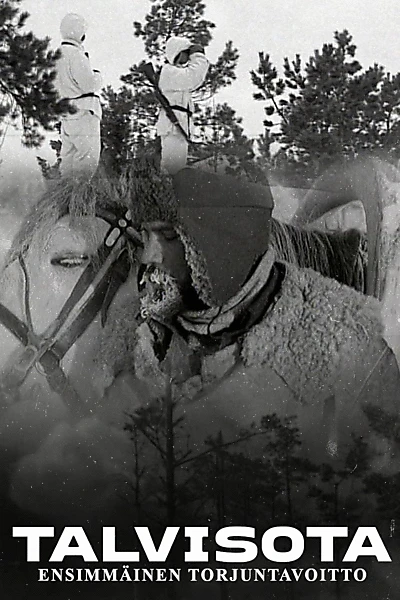

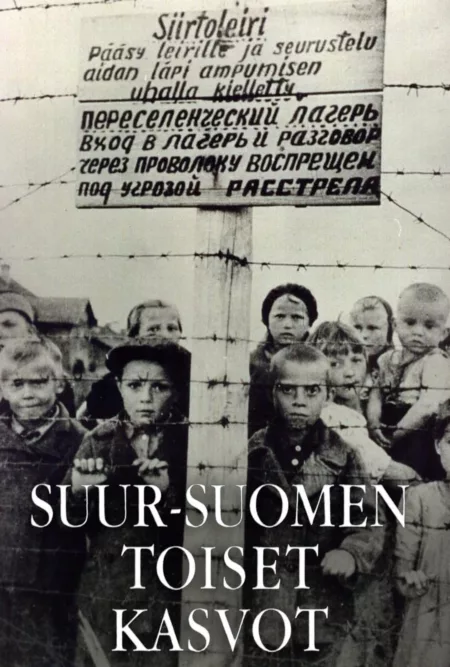
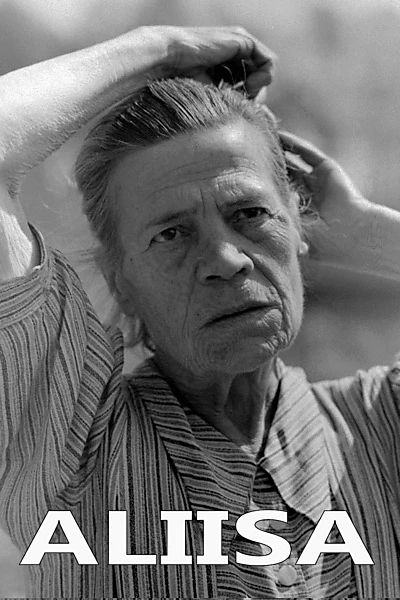
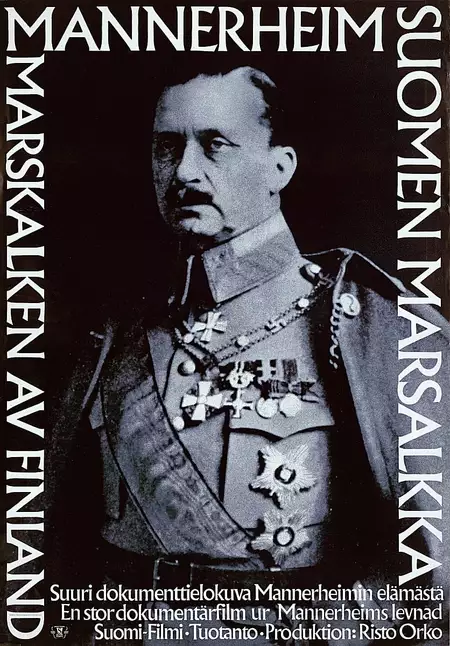
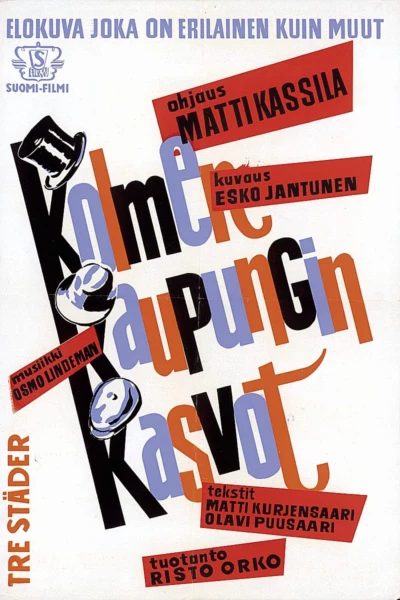
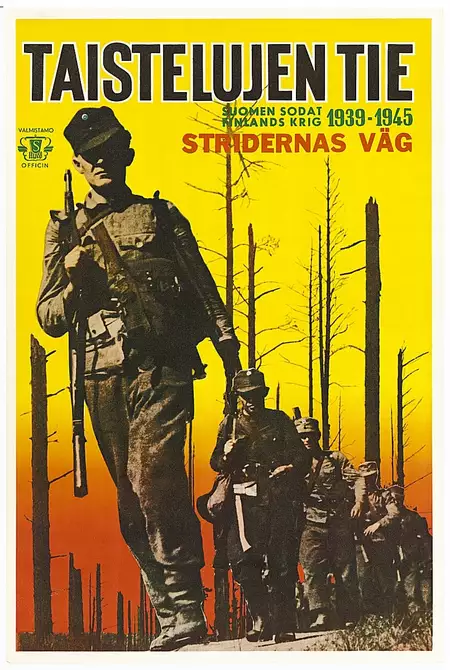
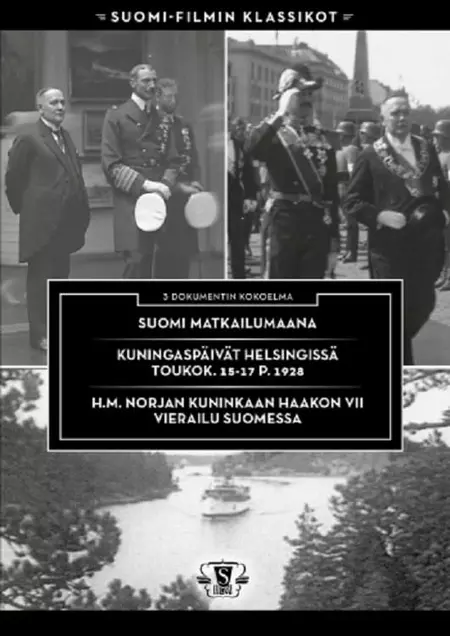
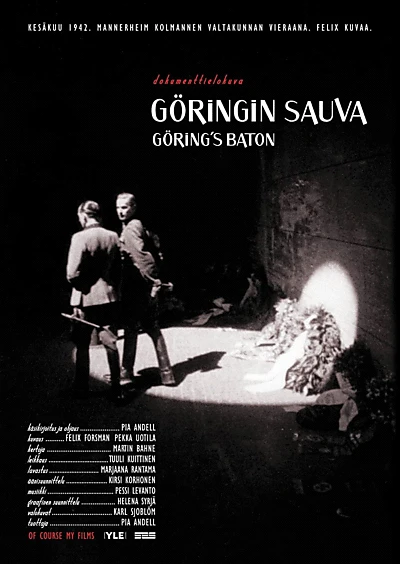
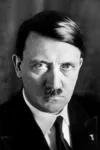
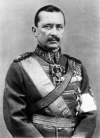 ,
,
